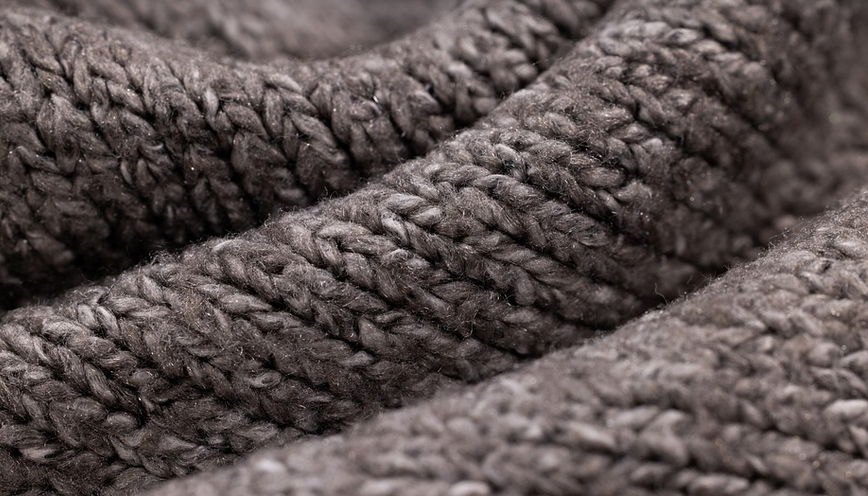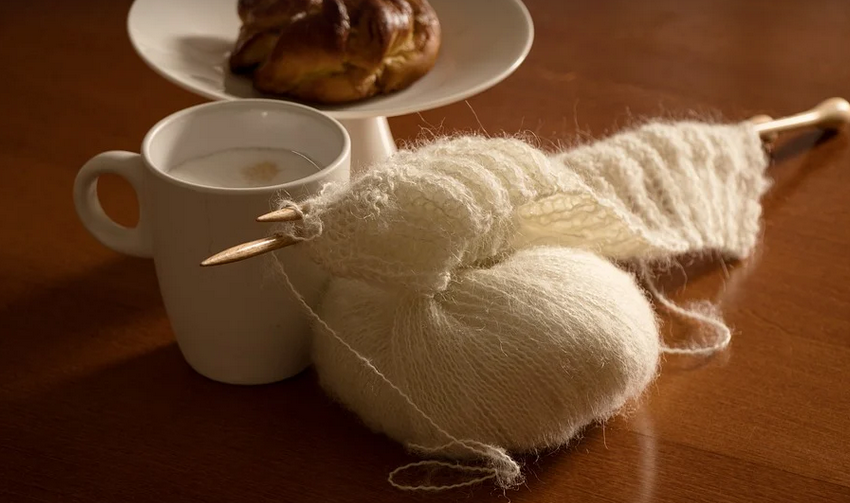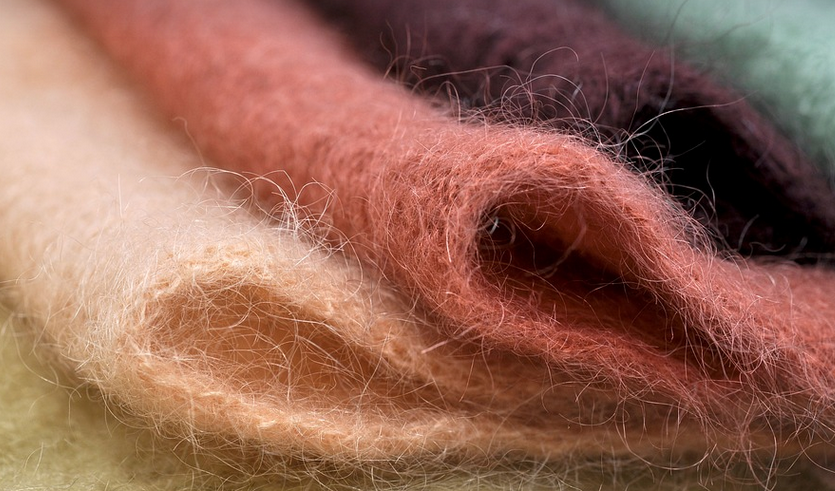
Get the Most Out of Your Fishing Trip with These Versatile Tools
Fishing is a timeless pursuit, offering solace and connection to nature. Whether you’re an experienced angler or just starting out, there’s something magical about hooking into a fish. But maximizing your catch relies on more than just fishing rods and bait. Today we’ll delve into the world of throw nets, specifically how they can be incredibly useful for catching those feisty baitfish that fuel your larger game fishing efforts.
Throw nets are essentially long-handled netting devices designed to collect fish in a single area. These handy tools offer a unique method of capturing baitfish, especially those elusive schooling varieties found near shore or in deeper waters. They’re typically used by anglers who target small and medium-sized species like mullet, herring, sardines, and anchovies.
The ease of use is what makes throw nets so appealing for bait fishing. With a little practice, you can quickly cast the net and gather a handful or even several dozen baitfish at once. They are particularly beneficial when dealing with large schools of fish that tend to dart around, making them hard to catch traditionally.
But it’s not just about efficiency. Throw nets are also about precision. A well-thrown net can capture only the target species while excluding undesirable ones, ensuring your baitfish collection is both targeted and beneficial.
The Anatomy of a Throw Net
Before you dive into your next fishing trip, let’s understand how these handy tools function. A throw net is essentially a large, lightweight net with an elongated handle designed to be thrown from a fishing boat or shore. They typically have a mesh construction that allows for easy water flow and quick catches.
A key feature of most throw nets is their adjustable net opening. This system involves a flexible net panel that can be adjusted to control the size and scope of the catch. Many models also come with integrated weights, ensuring proper stability and precision when throwing.
The handle is another essential element. It’s usually made from durable materials like fiberglass or aluminum, offering good grip and support for those throwing motions. The design allows for a comfortable yet firm hold during repeated throws.
Choosing the right Throw Net
Let’s talk about how to find the perfect throw net for your needs. Start by identifying the type of baitfish you intend to gather. Some nets are designed for specific species like herring, while others have wider mesh sizes suitable for various fish.
Next, consider the size and weight of the net. A single-handed throw net is a good choice for beginners or those who prefer lightweight gear. Larger nets are essential if you’re targeting multiple schools of fish or larger species.
Remember that material selection plays a significant role in durability and ease of use. Nylon nets offer good strength and flexibility, while mesh sizes impact the net’s ability to catch smaller baitfish.
The Art of Throwing
Mastering the art of throwing a throw net requires practice. Before you start your fishing trip, spend some time practicing your throws at home or in a controlled environment like a local lake. A successful throw involves timing, technique, and consistent accuracy
First and foremost, ensure adequate distance between you and the target. Practice aiming to get a feel for how far you can cast consistently. Next, find your optimal throwing angle – experiment with different positions until you find one that feels natural.
As you gain confidence, focus on smooth, consistent throws. Remember, practice will help you refine your technique and ultimately improve your accuracy.
Beyond the Basics: Tips for Success
Catching baitfish goes beyond throwing a net. To maximize your success, pay attention to these vital tips:
**Location is Key:** Choose strategic fishing spots frequented by baitfish species you’re targeting. Look for places with abundant schools of fish like shallow inlets or near underwater structures.
**Water Clarity:** Clear water offers better visibility, allowing for easier spotting and catching of baitfish during a net throw.
**Timing is Everything:** Often, there’s a “sweet spot” when the fish are most active at a specific time. Some anglers might prefer fishing before or after sunrise or during midday to catch them feeding on prey.
**Final Thoughts: A Versatile Tool for Success**
Throw nets are an essential tool for baitfish enthusiasts, offering an efficient and effective way to catch those crucial species that fuel your larger game fishing endeavors. From beginners to seasoned anglers, throw nets empower you with greater control over your catches. With a bit of practice, you’ll master the art of throwing, maximizing your success on every fishing trip.





